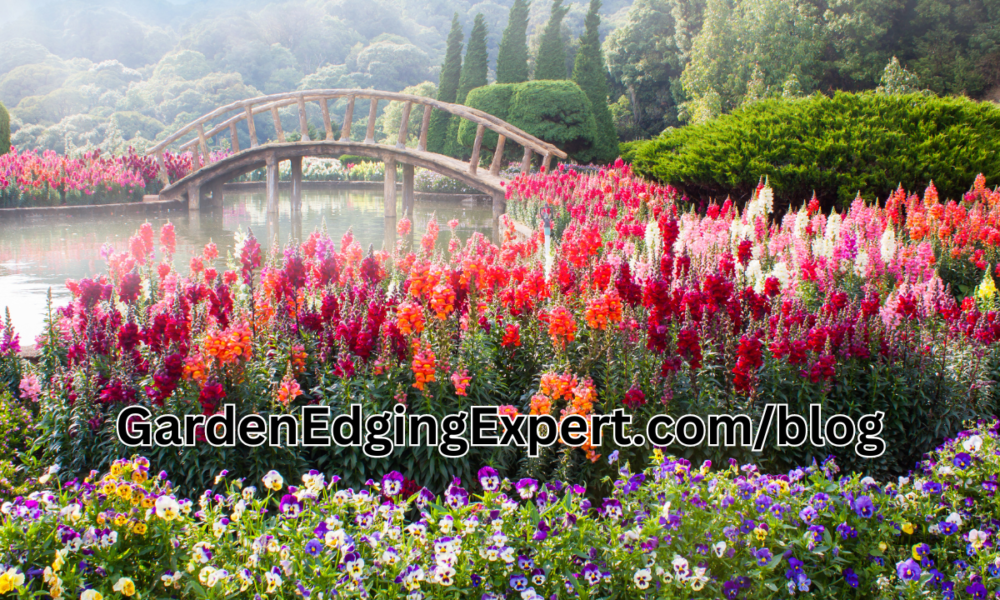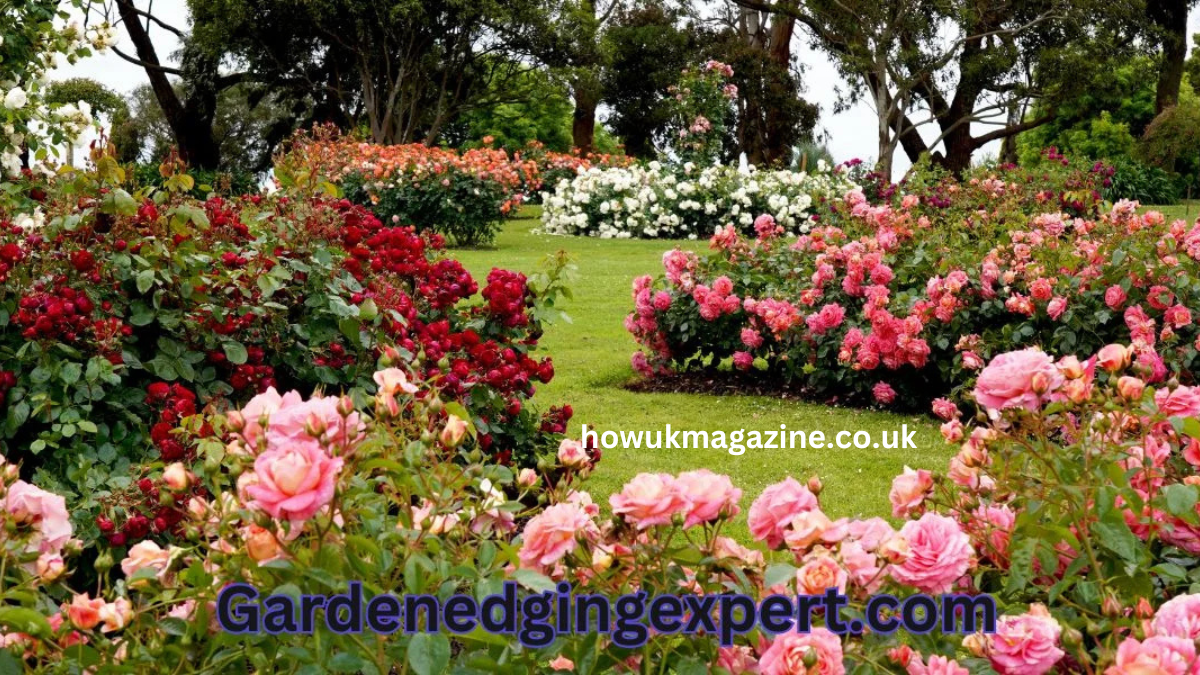Introduction
gardenedgingexpert.com/blog might seem like a small detail in the grand scheme of landscaping, but it can make a world of difference. A well-edged garden has structure, clarity, and style—qualities that are the hallmark of professional landscaping. But garden edging isn’t just about looks; it’s also functional, helping to manage soil, and mulch, and keep pesky weeds at bay. In this article, we’ll explore everything you need to know about garden edging and why it’s a crucial aspect of garden design.
Why Matters: The gardenedgingexpert.com/blog Benefits of Edging Your Garden
gardenedgingexpert.com/blog serves several practical and aesthetic purposes, enhancing both the form and function of your garden. From defining boundaries to keeping mulch in place, a well-designed edge adds polish and value to your outdoor space.
Aesthetic Appeal

gardenedgingexpert.com/blog frames your garden and provides clean, crisp lines that enhance the overall look. Just as a picture frame elevates a painting, edging elevates your garden design.
Weed and Mulch Control
Edging is your first line of defense against encroaching weeds and shifting mulch. By creating a clear boundary, it helps prevent unwanted growth from spreading into your flower beds.
Improved Maintenance
With edging, mowing and trimming are easier. The clear boundary lets you work around your plants without damaging them, and it keeps mulch or soil from spilling over onto pathways or lawns.
Types of gardenedgingexpert.com/blog Materials: Pros and Cons
There’s a wide range of materials you can use forgardenedgingexpert.com/blog. From traditional stone to modern plastic or metal, each material has its pros and cons. Choosing the right one depends on your garden style, budget, and maintenance needs.
Natural Stone
Stone edging is both timeless and durable. With its natural look, it blends seamlessly into most gardenedgingexpert.com/blog designs and adds a rustic feel. However, it can be costly and labor-intensive to install.
Brick and Concrete
Brick or concrete edging is sturdy and can be installed in straight lines or curved shapes, making it versatile for various gardenedgingexpert.com/blog styles. It’s weather-resistant but may crack over time in extreme conditions.
Metal Edging
Metal edging, like steel or aluminum, is popular for modern gardenedgingexpert.com/blog. Its sleek look is low-profile yet effective in defining boundaries. However, metal edges can rust or corrode over time, so choosing high-quality, coated options is key.
DIY vs. Professional gardenedgingexpert.com/blog: What to Consider
Creating a gardenedgingexpert.com/blog edge can be a DIY project, but it can also be complex depending on the material and layout. Here’s a breakdown to help you decide whether to tackle it yourself or hire a professional.
DIY Edging Projects
For those who love hands-on work, DIY gardenedgingexpert.com/blog edging can be a rewarding weekend project. Simpler materials like plastic or wood can often be installed with basic tools.
Hiring a Professional
If your gardenedgingexpert.com/blog design is complex, or if you’re using heavy or intricate materials like stone or metal, hiring a professional may be worth the investment. Professionals bring expertise and equipment that can make a big difference in the quality and longevity of the project.
Cost and Time Considerations
DIY is more budget-friendly but time-consuming. A professional job is often faster and ensures a high-quality finish but comes at a higher cost.
Step-by-Step Guide: How to Install gardenedgingexpert.com/blog
Installing gardenedgingexpert.com/blog edging is a straightforward process if you have the right tools and materials. Here’s a step-by-step guide to help you create a polished edge in your garden.
Planning Your E7ujm,dge
The first step is to plan the path of your edging. Measure the area and mark it out with stakes or spray paint, ensuring you have a clear guide to follow.
Prepare the Ground
Dig a trench along your marked line. The depth and width depend on the type of edging material you’re using. Remove any roots or rocks that could interfere with your edge.
Installing the Edging
Place your chosen material into the trench, ensuring it’s level and secure. Depending on the material, you may need to secure it with stakes, mortar, or simply pack soil tightly around it.
Maintaining Your gardenedgingexpert.com/blog: Tips for Longevity
Once your edging is in place, you’ll want to keep it looking great for years to come. Proper maintenance helps preserve both its appearance and functionality.
Regular Cleaning
Over time, dirt, moss, and debris can build up along gardenedgingexpert.com/blog. Regular cleaning, whether with a garden hose or a light scrubbing, will keep the edges clear and neat.
Seasonal Inspections
Check your edging for any signs of wear or damage, especially after harsh seasons. For stone and concrete, inspect for cracks; for metal, check for rust or corrosion.
Mulch and Soil Management
Edging is there to keep mulch in place, but it won’t always hold back every stray piece. Regularly raking your mulch back into place and replenishing it will help maintain a tidy appearance.
Creative gardenedgingexpert.com/blog Edging Ideas: Get Inspired
gardenedgingexpert.com/blog can be a design feature in its own right. With a little creativity, you can make your edging stand out or blend into your garden style seamlessly.
Using Plants as Edging
Consider low-growing plants as a natural border. Herbs, low shrubs, or flowers can make beautiful and fragrant gardenedgingexpert.com/blog that also attract pollinators.
Recycled and Upcycled Materials
From wine bottles to old bricks, using recycled materials for garden edging can be both eco-friendly and charming. This approach gives your garden a unique, personalized touch.
Lighting and Solar-Powered Edges
For an evening ambiance, install solar lights along your garden edge. This not only enhances safety but adds a magical glow that transforms your garden at night.
Conclusion
Garden edging is the unsung hero of landscape design. It doesn’t just improve aesthetics; it enhances the overall health and longevity of your garden. Whether you choose a simple DIY solution or invest in a professional installation, the benefits of a well-defined garden edge are undeniable.




